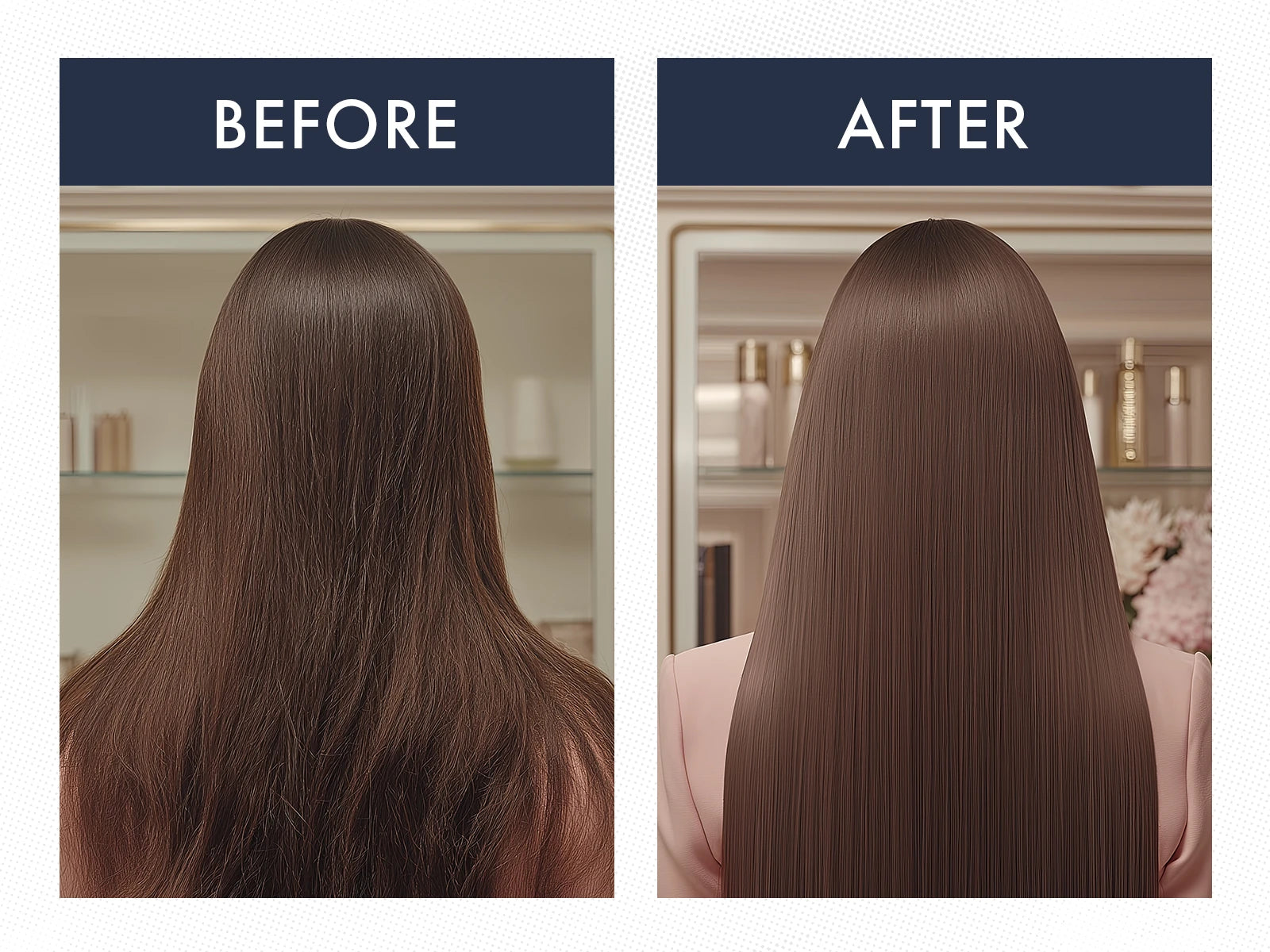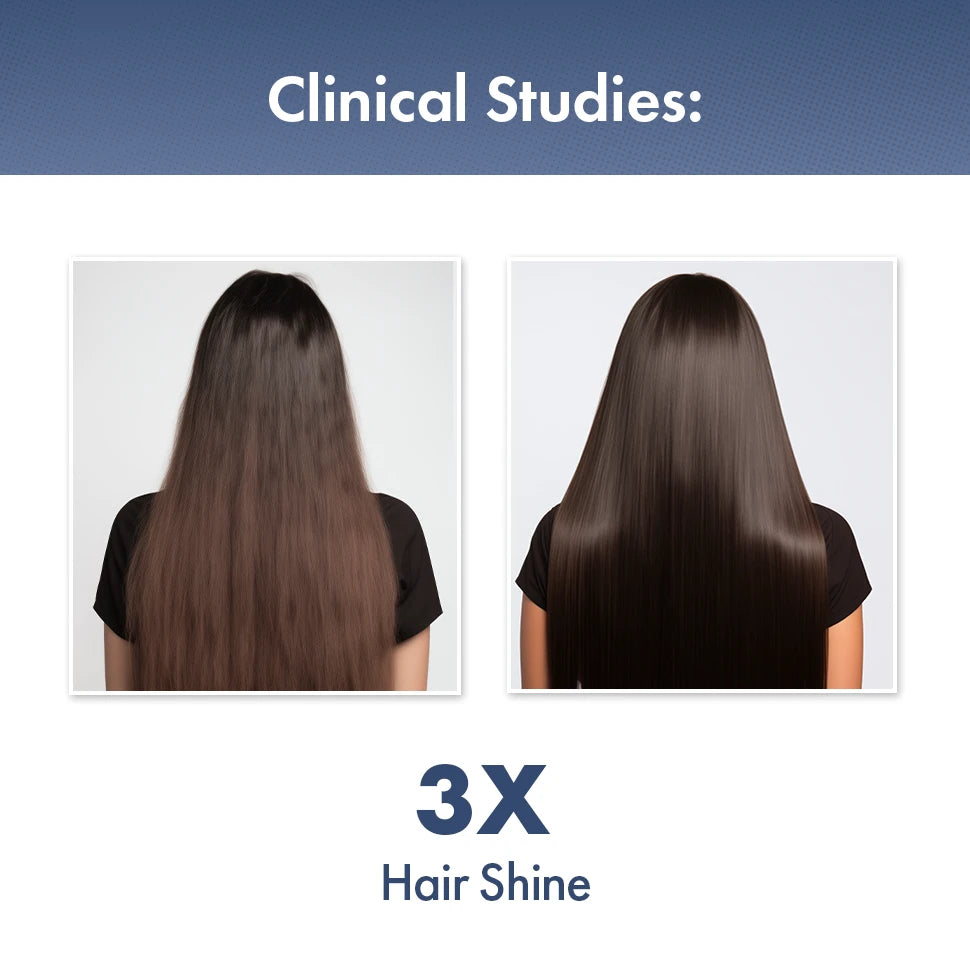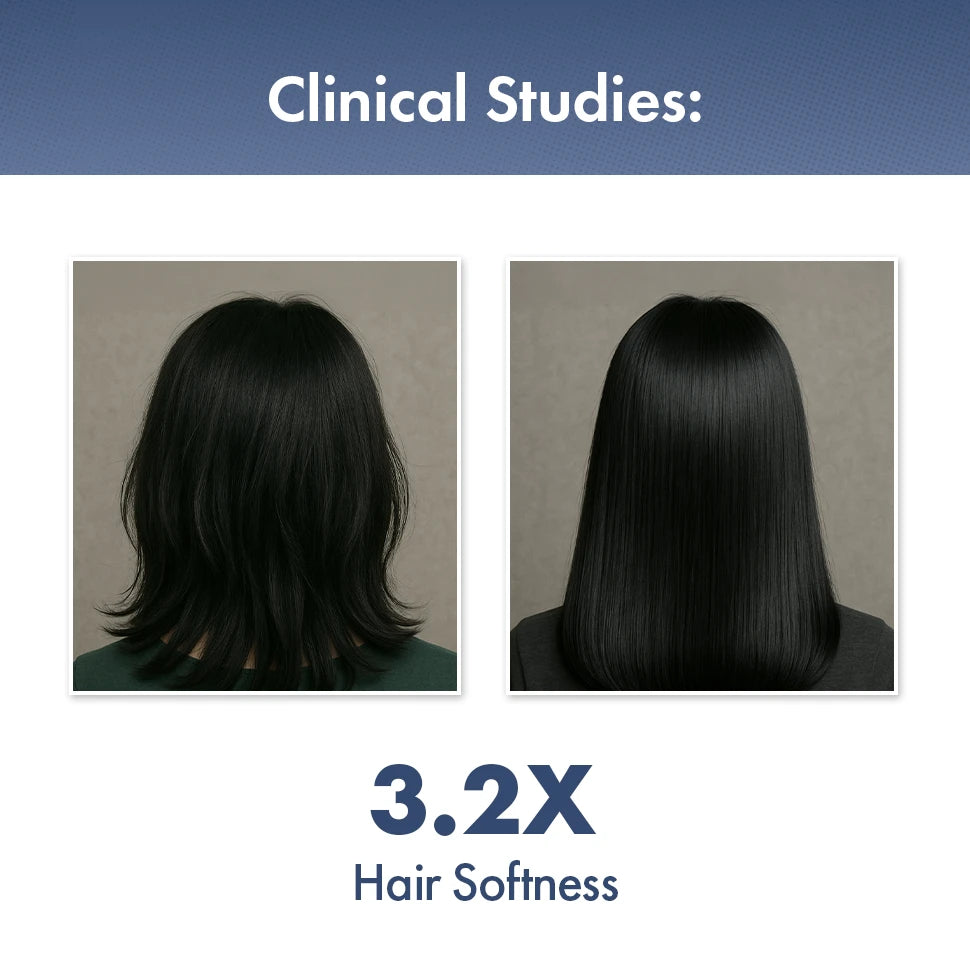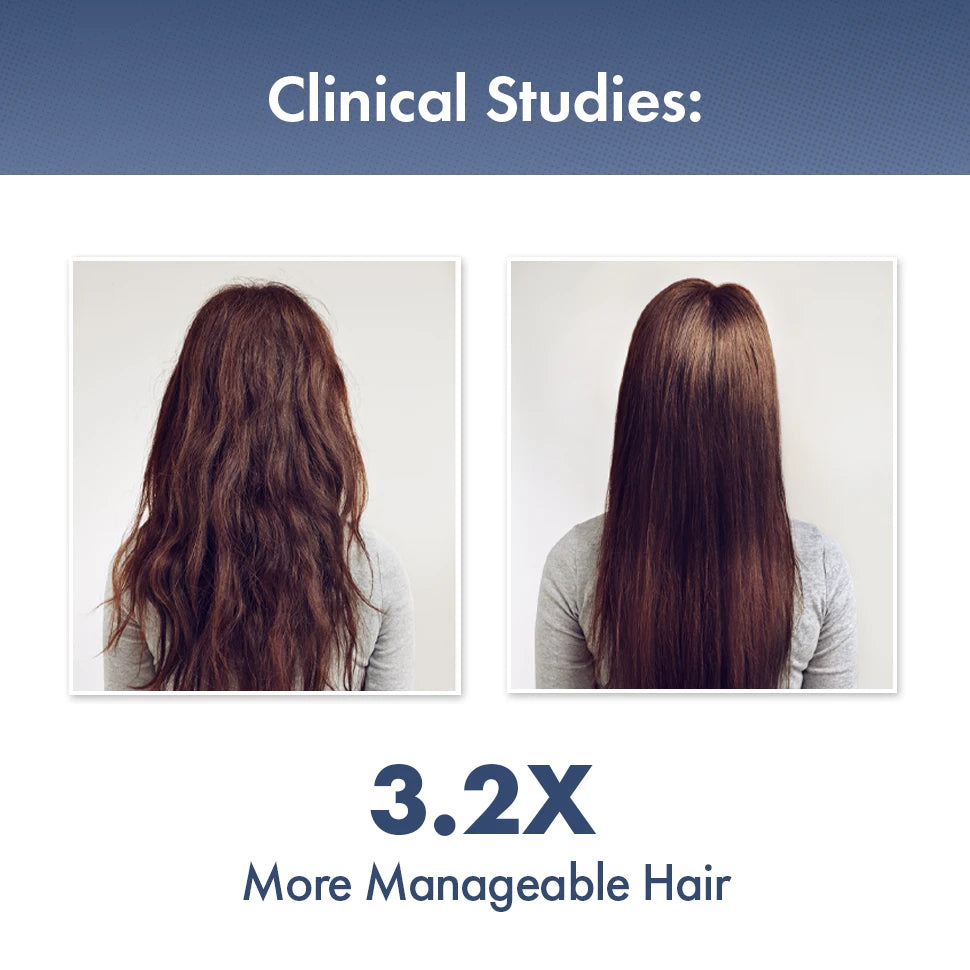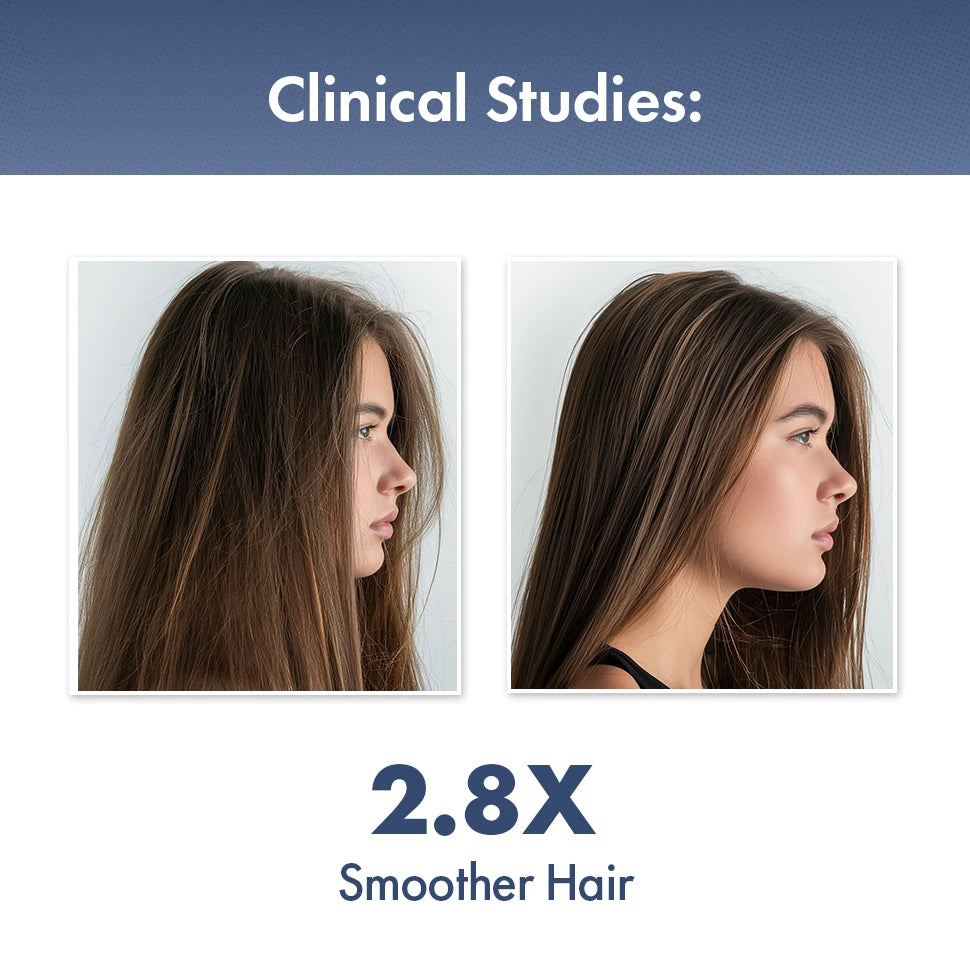Natural Black Coloring Shampoo, Pack of 1
(267 Reviews )


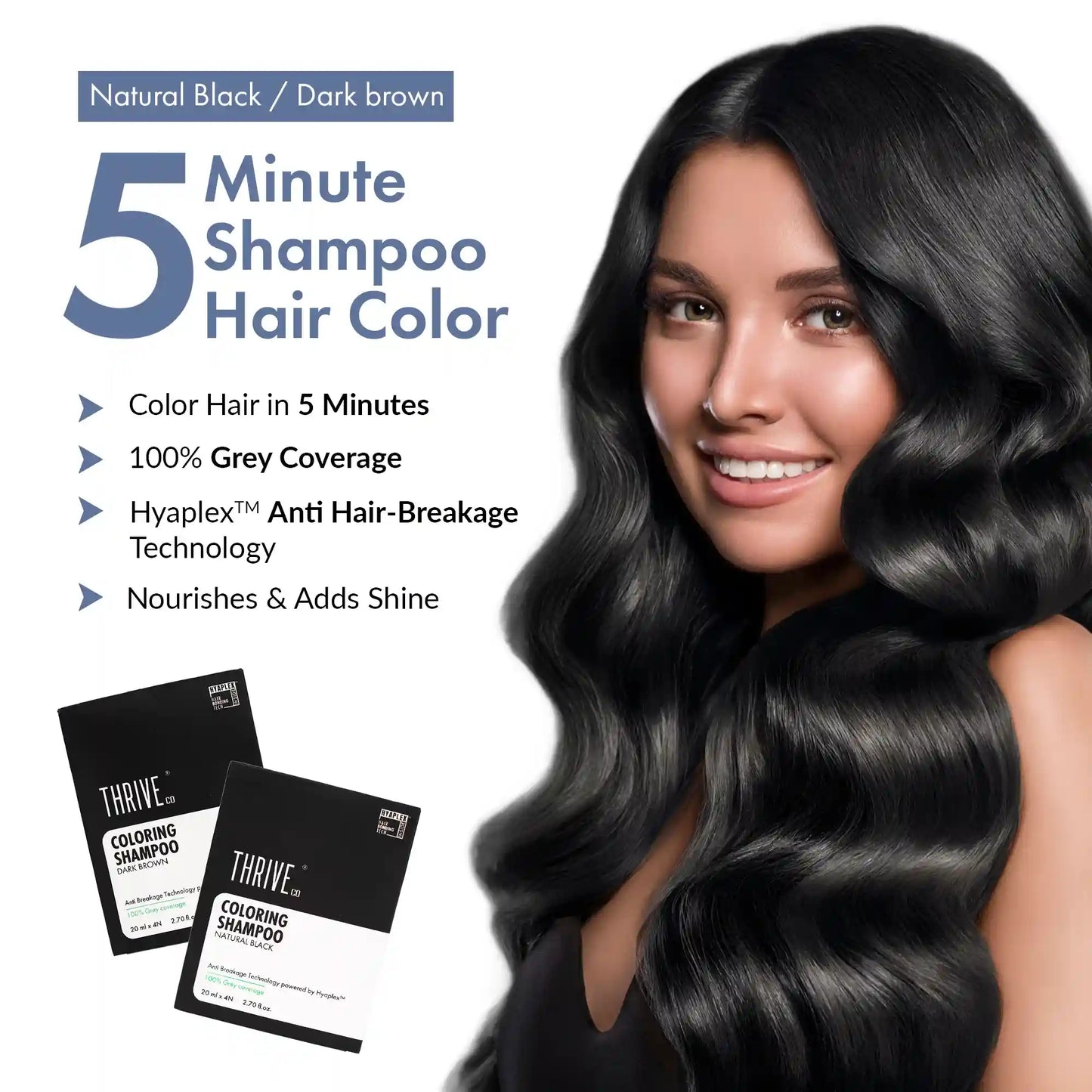
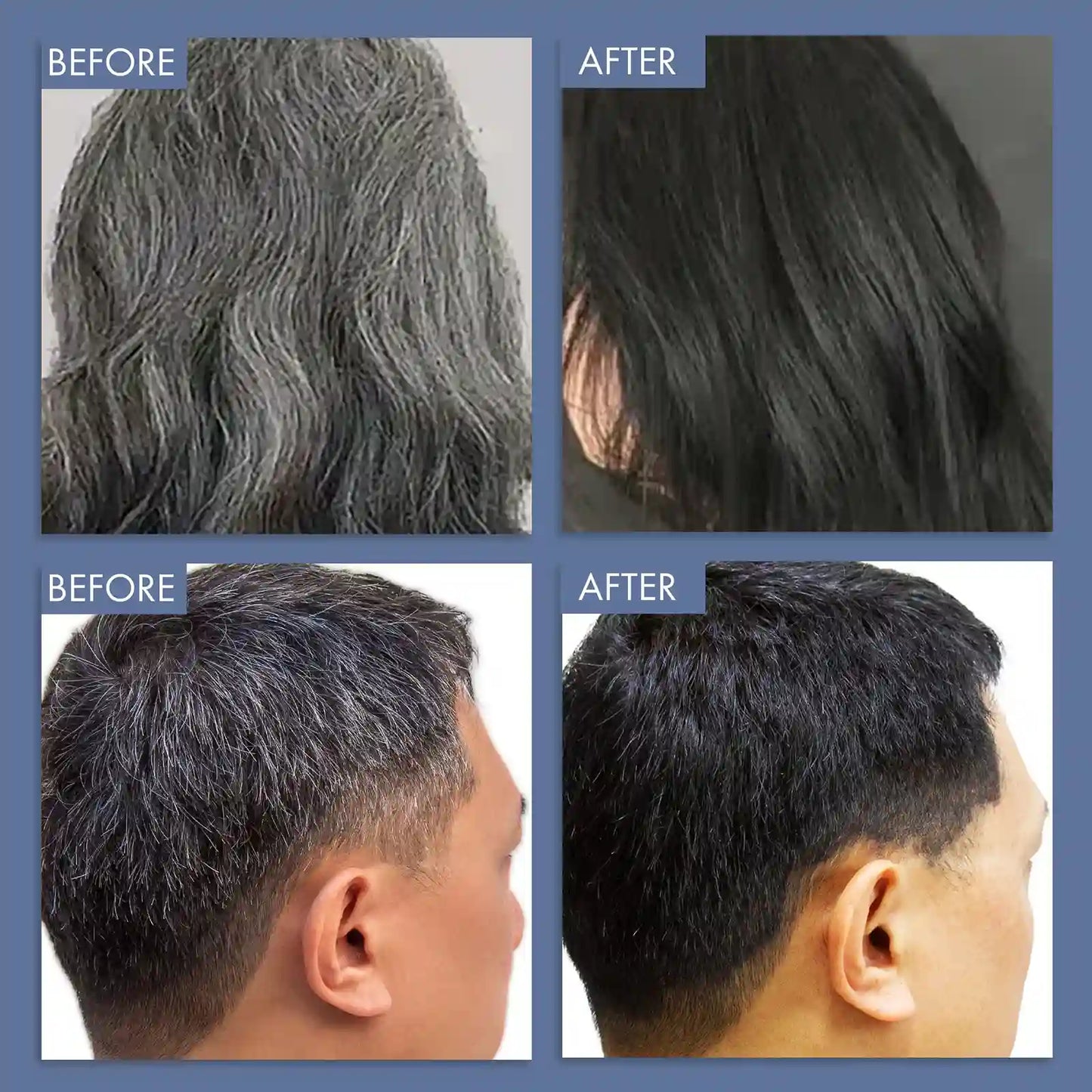
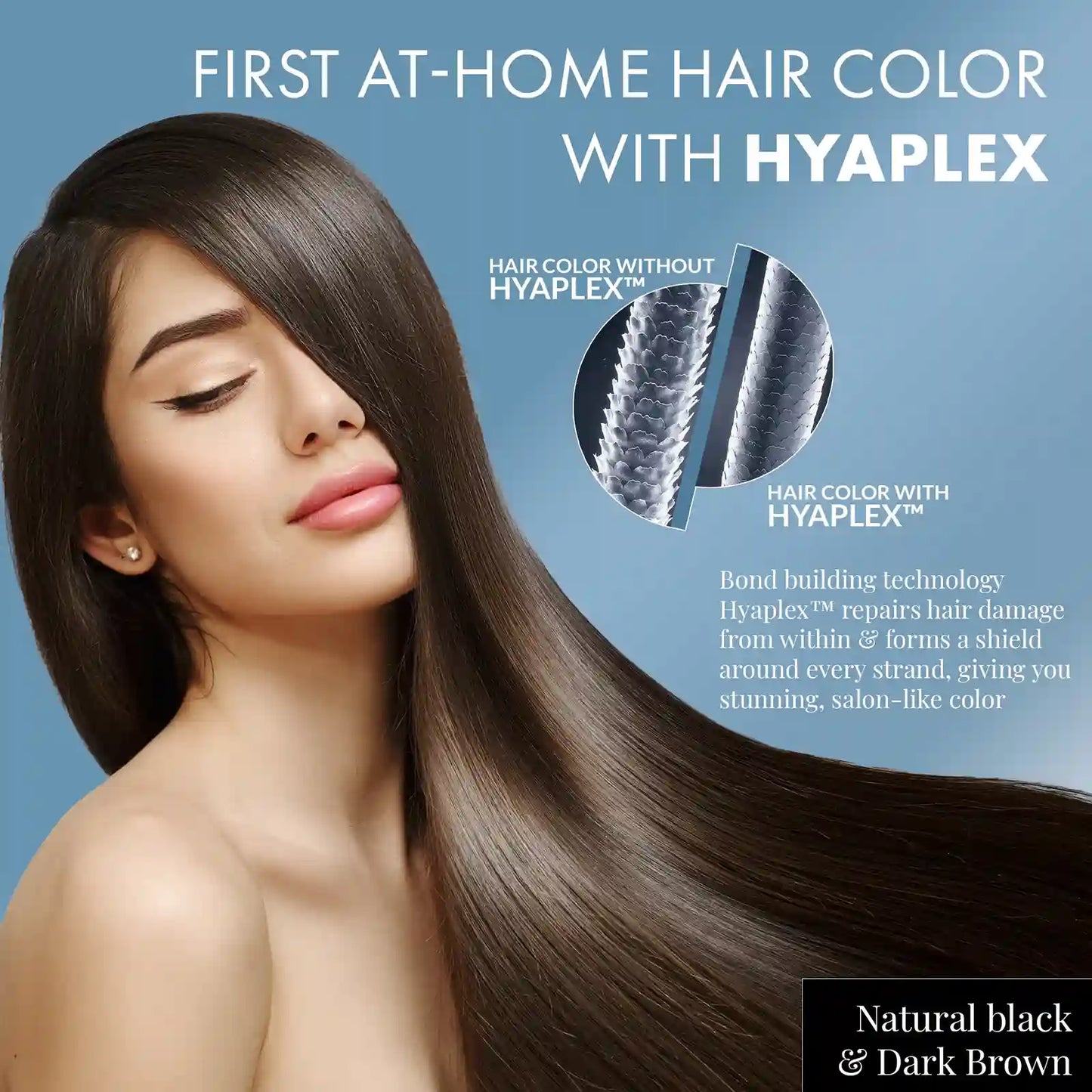
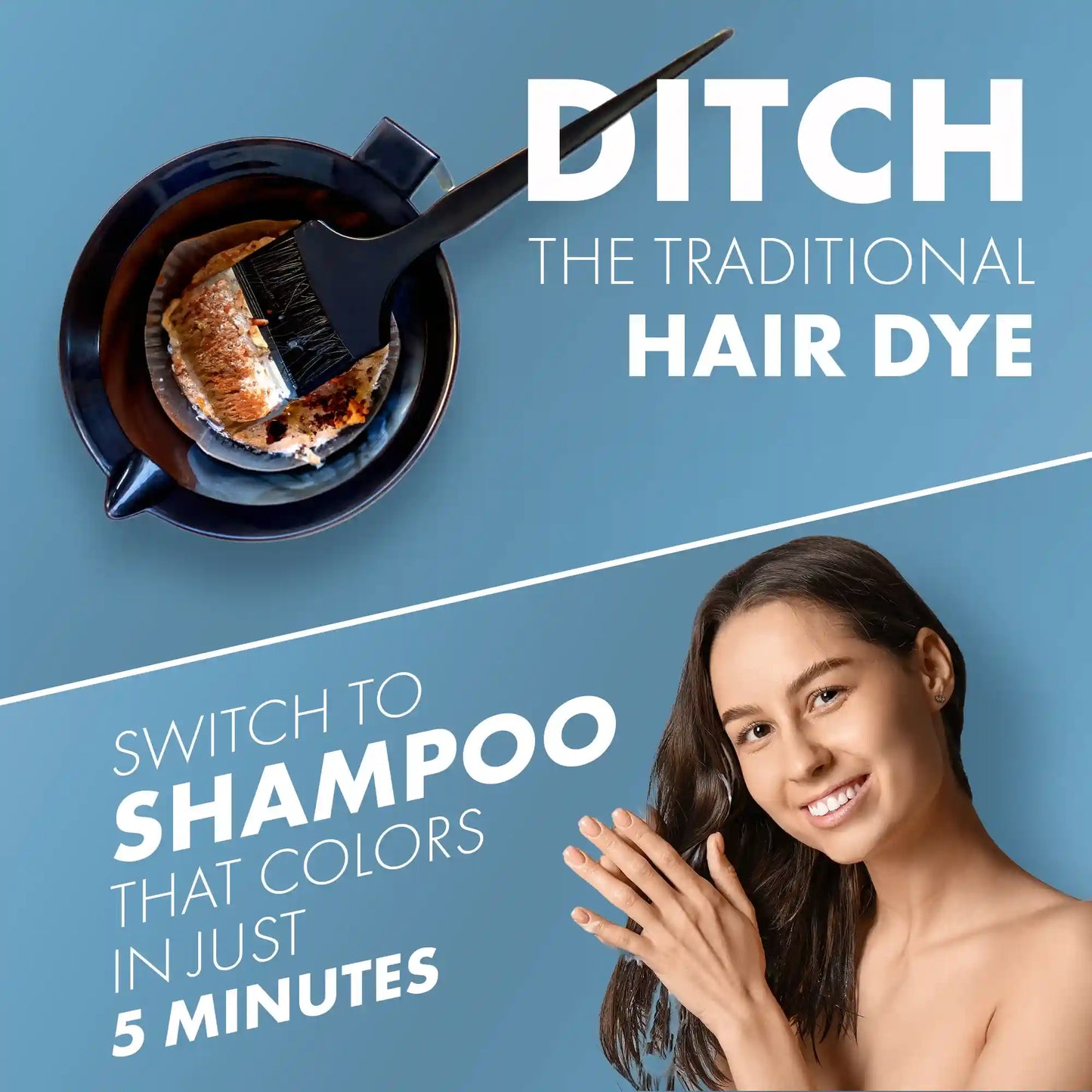
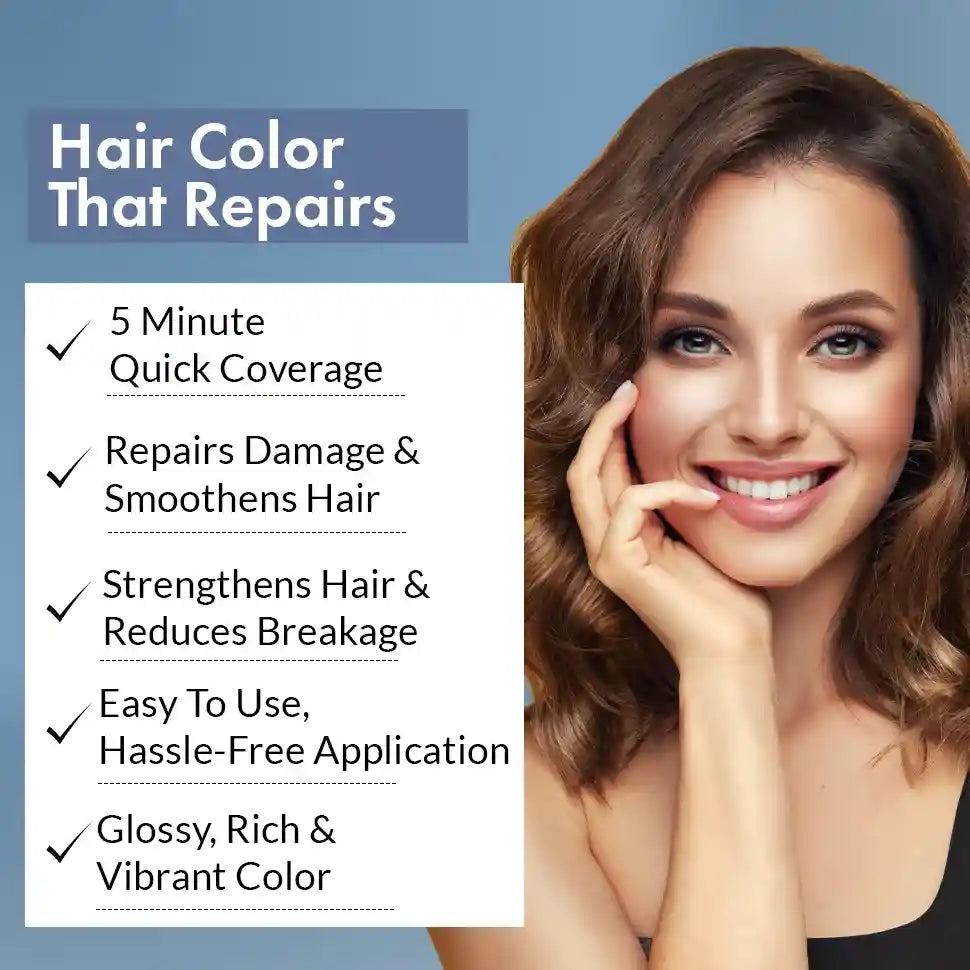

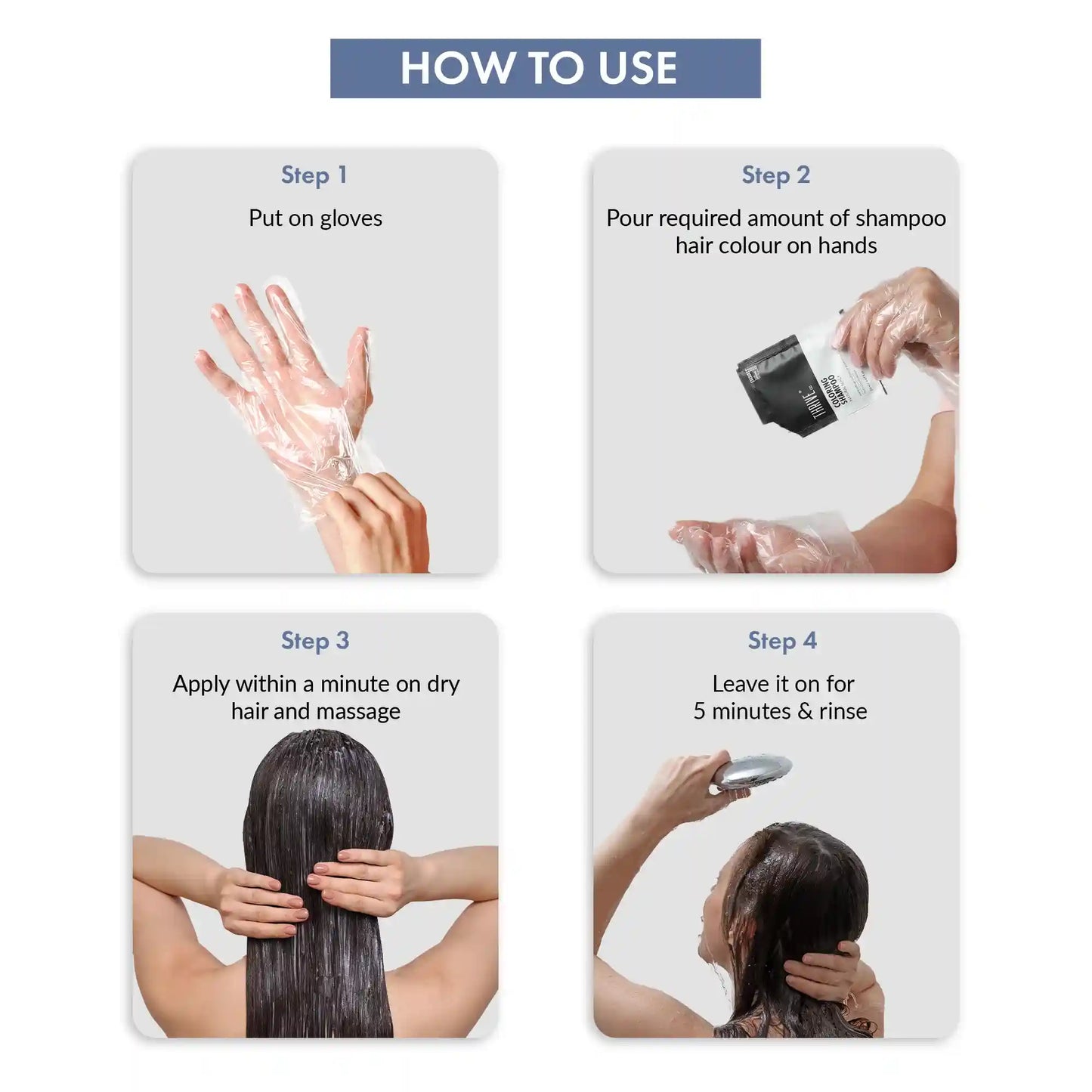
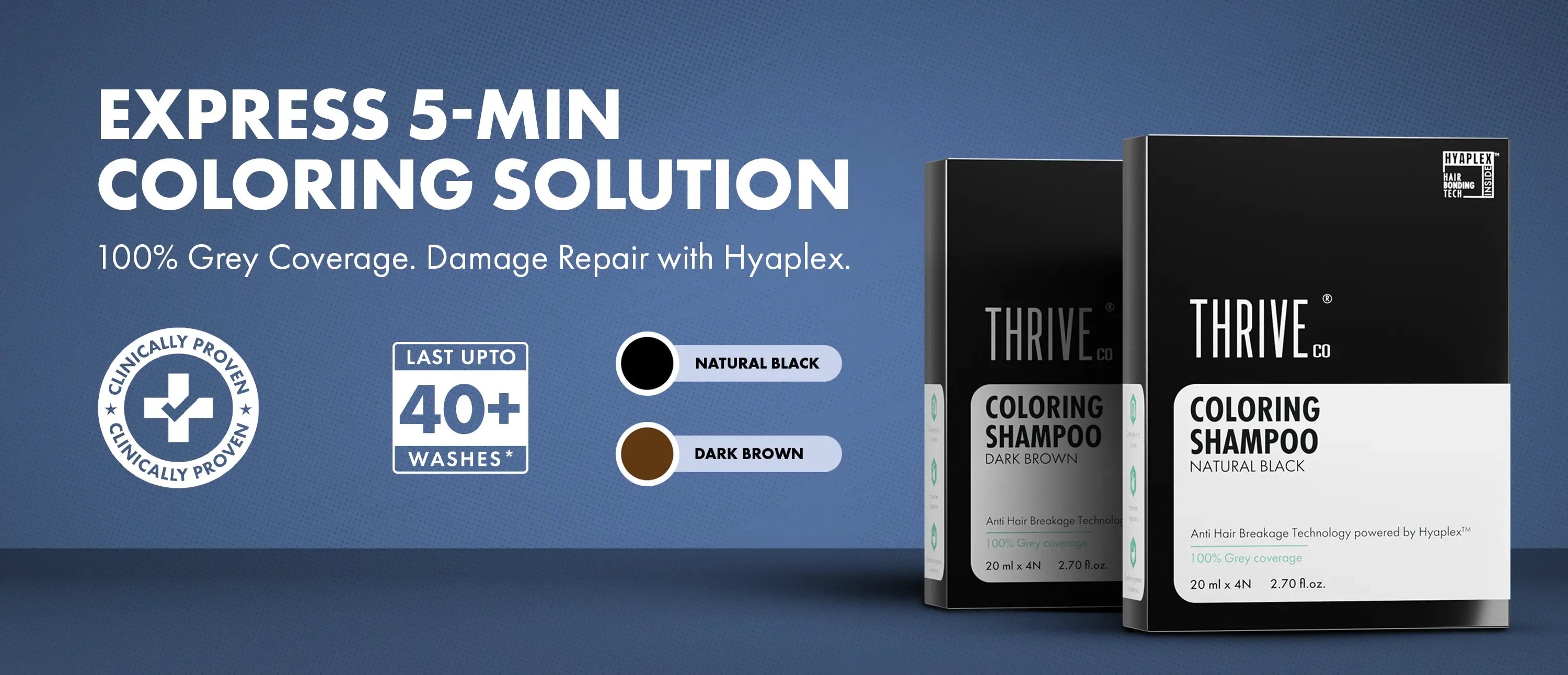
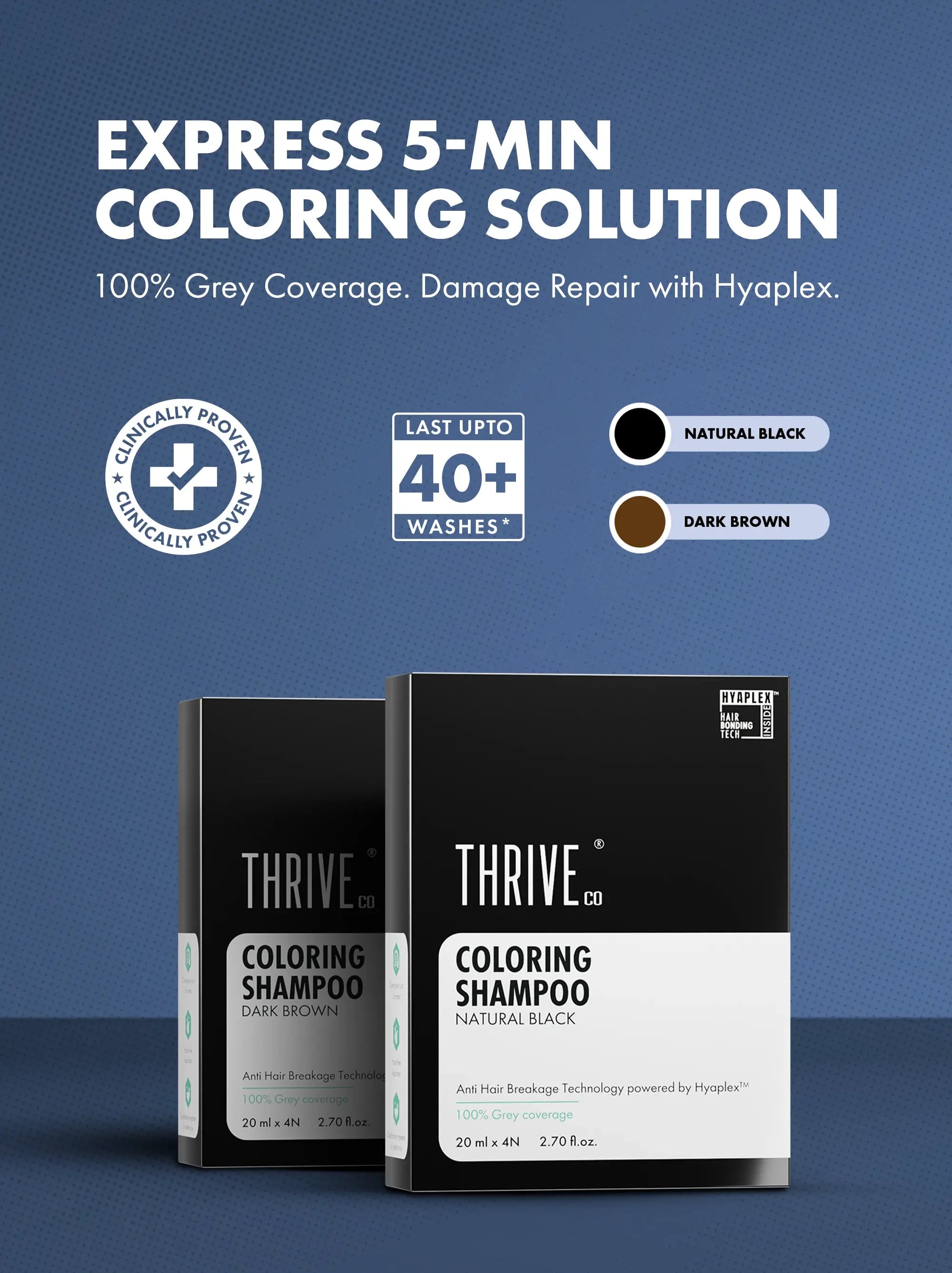
Breakthrough Color-Damage Repairing Tech: Hyaplex™
Benefits
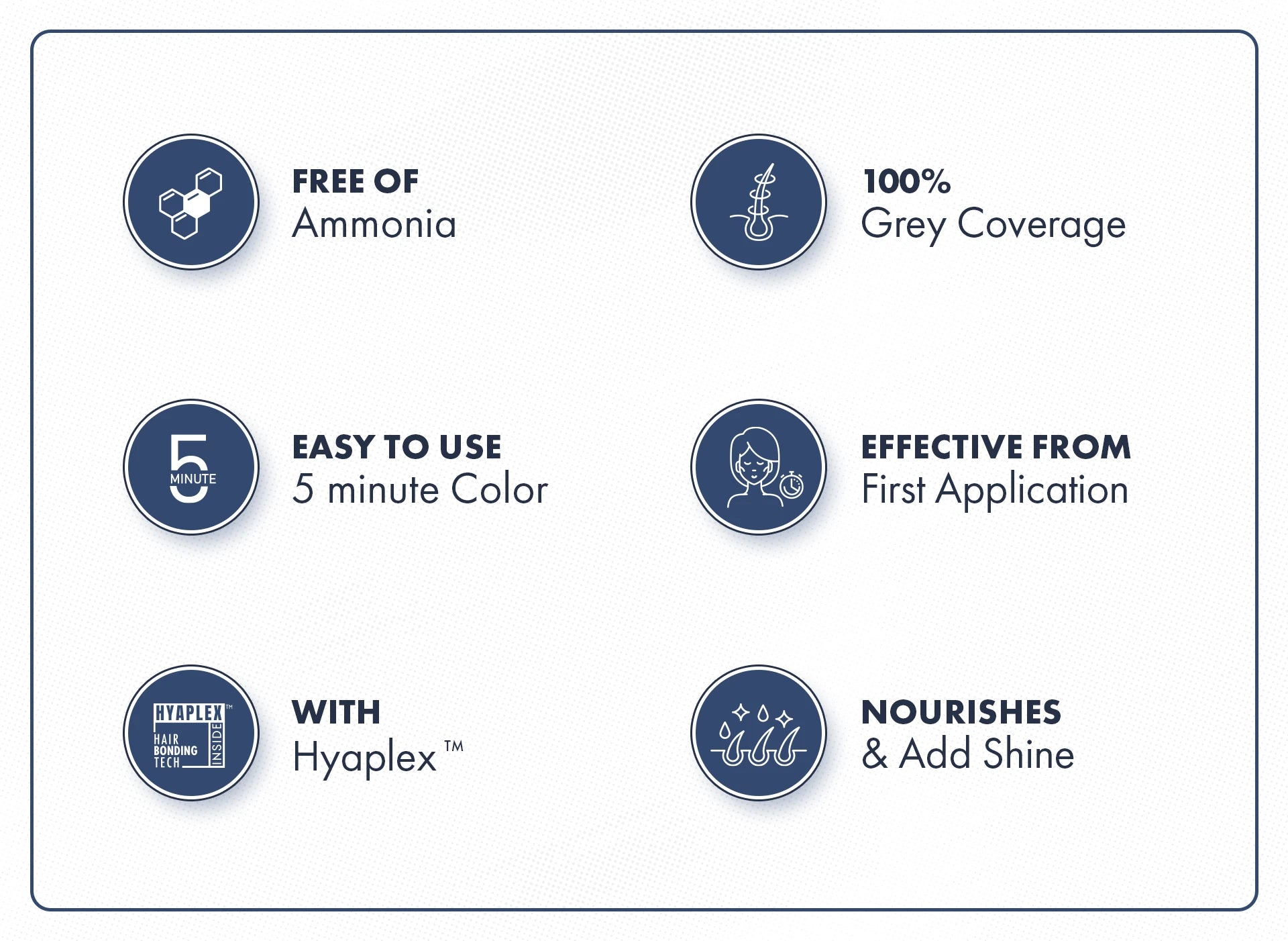

Repair 5 Signs of Hair Ageing
-
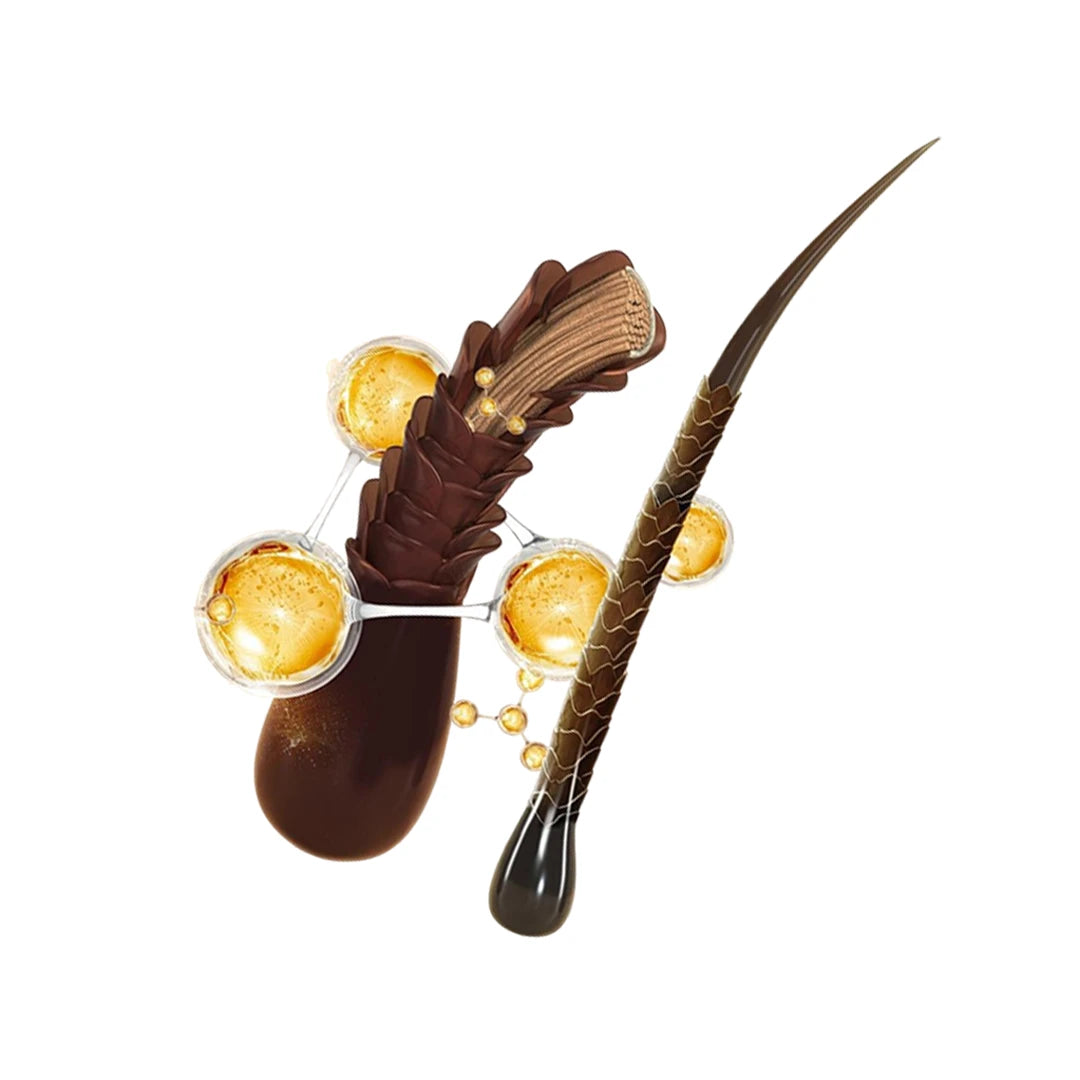
❌ Rough Texture
Smoothens hair cuticles for a silky, touchable finish.
-
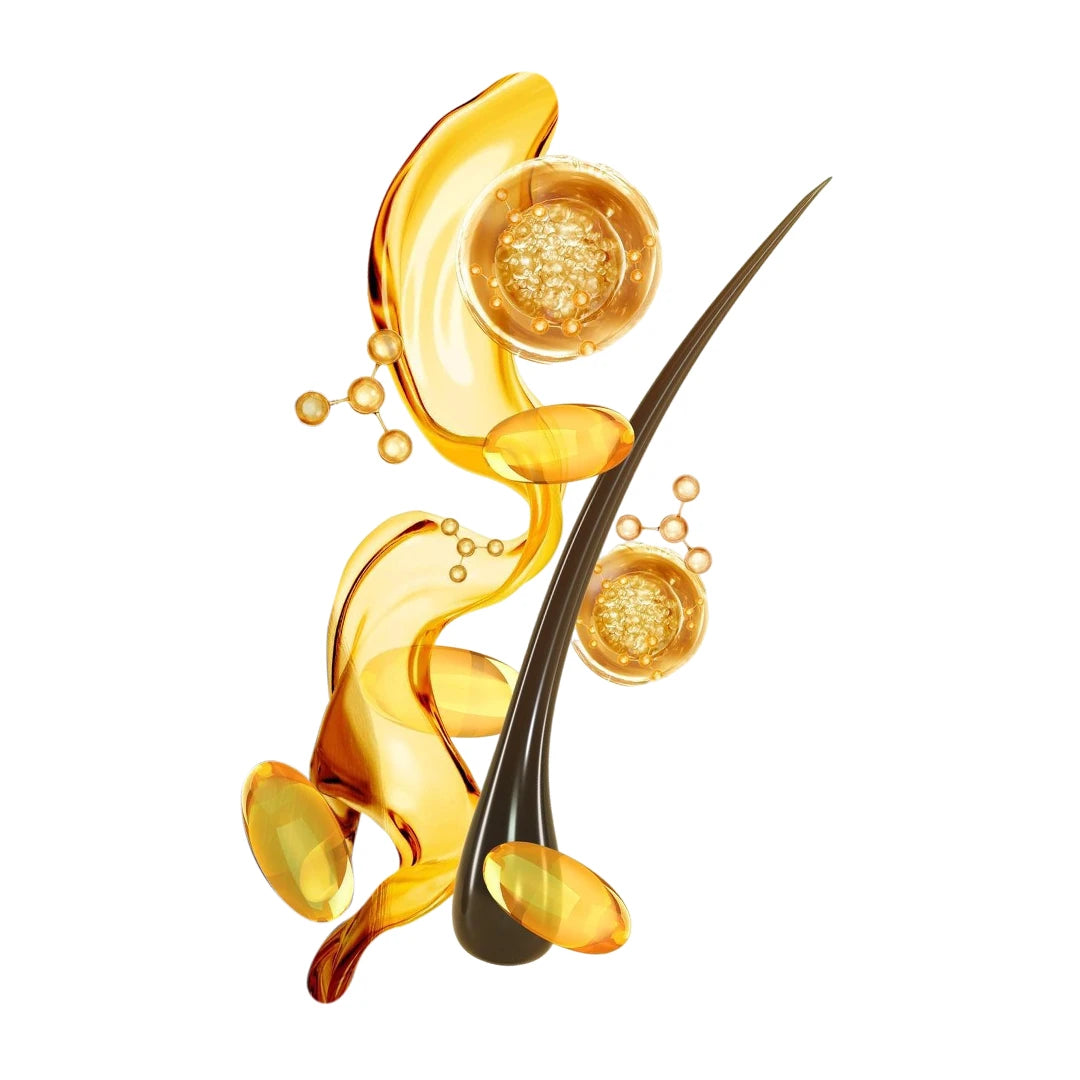
❌ Loss of Natural Shine
Restores your hair’s youthful, radiant glow.
-
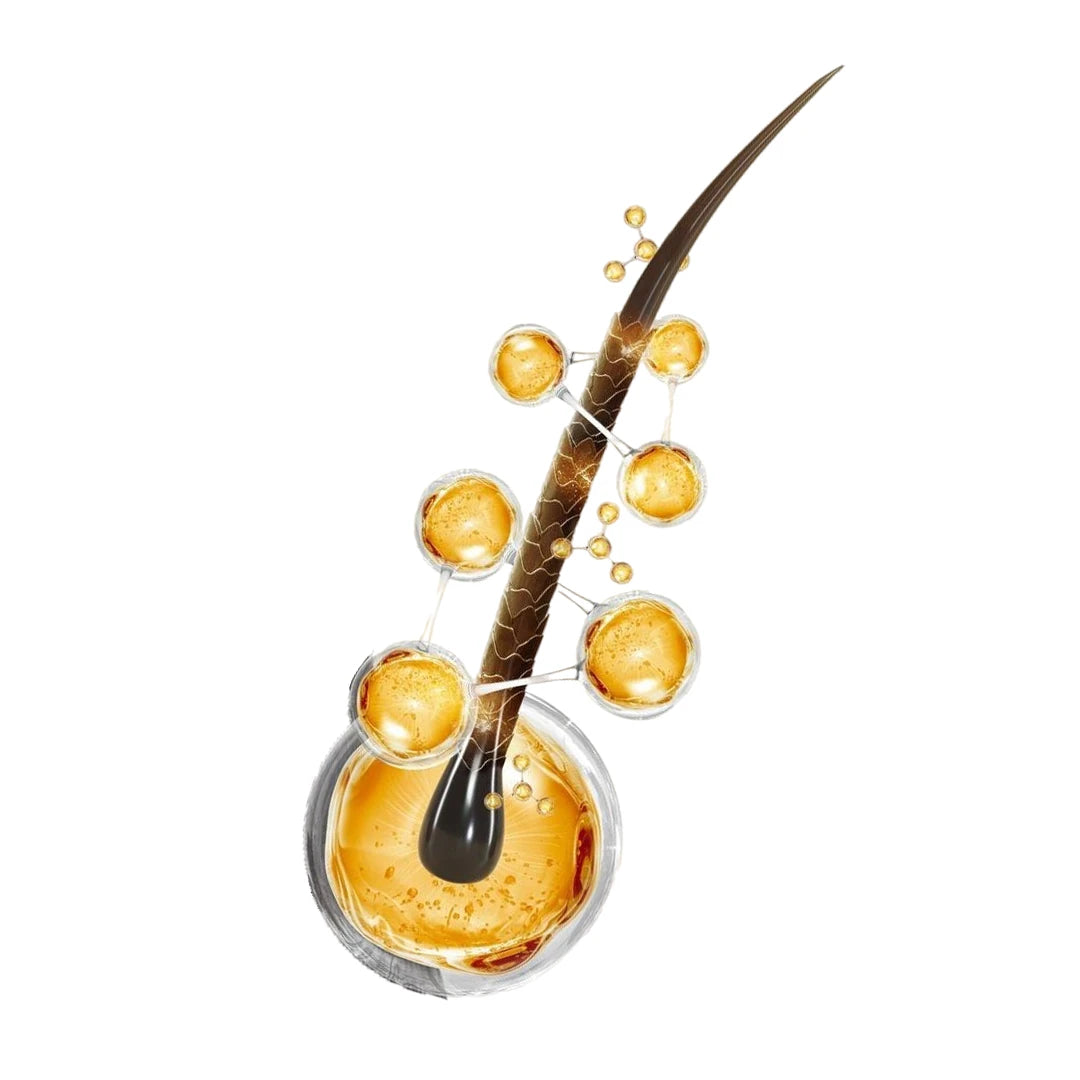
❌ Dry Hair
Deeply hydrates to bring back softness and bounce.
-
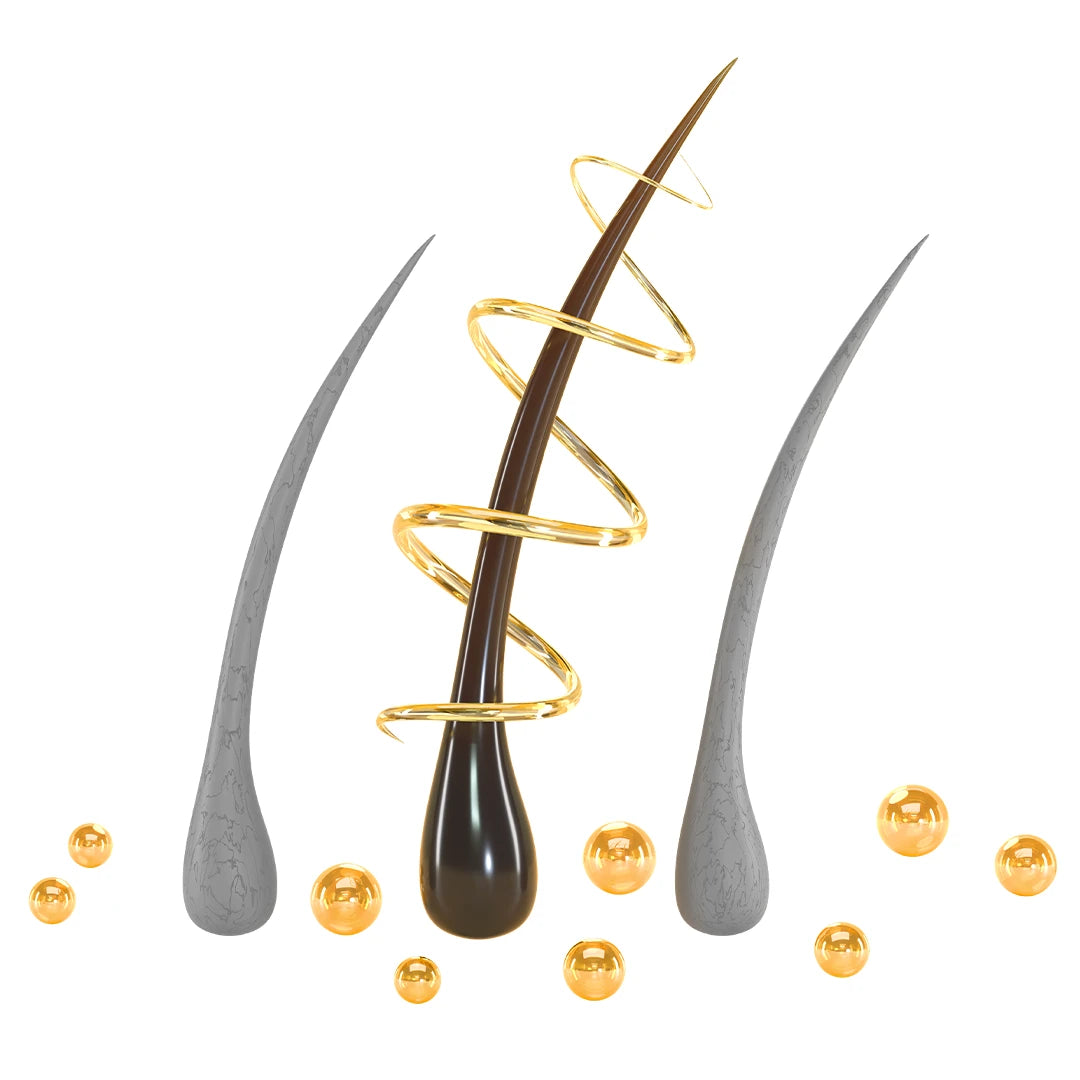
❌ Greying Hair
Covers 100% Greys seamlessly.
-

❌ Hair Breakage
Strengthens brittle strands to reduce breakage from root to tip.
Visible Results You Can Trust

Witness the Difference
Covers greys delivering a fuller, more natural-looking result. The gold standard of hair colors in India - shade-matched, non-artificial, and ammonia-free.
Certifications
Why we are the Real Deal?
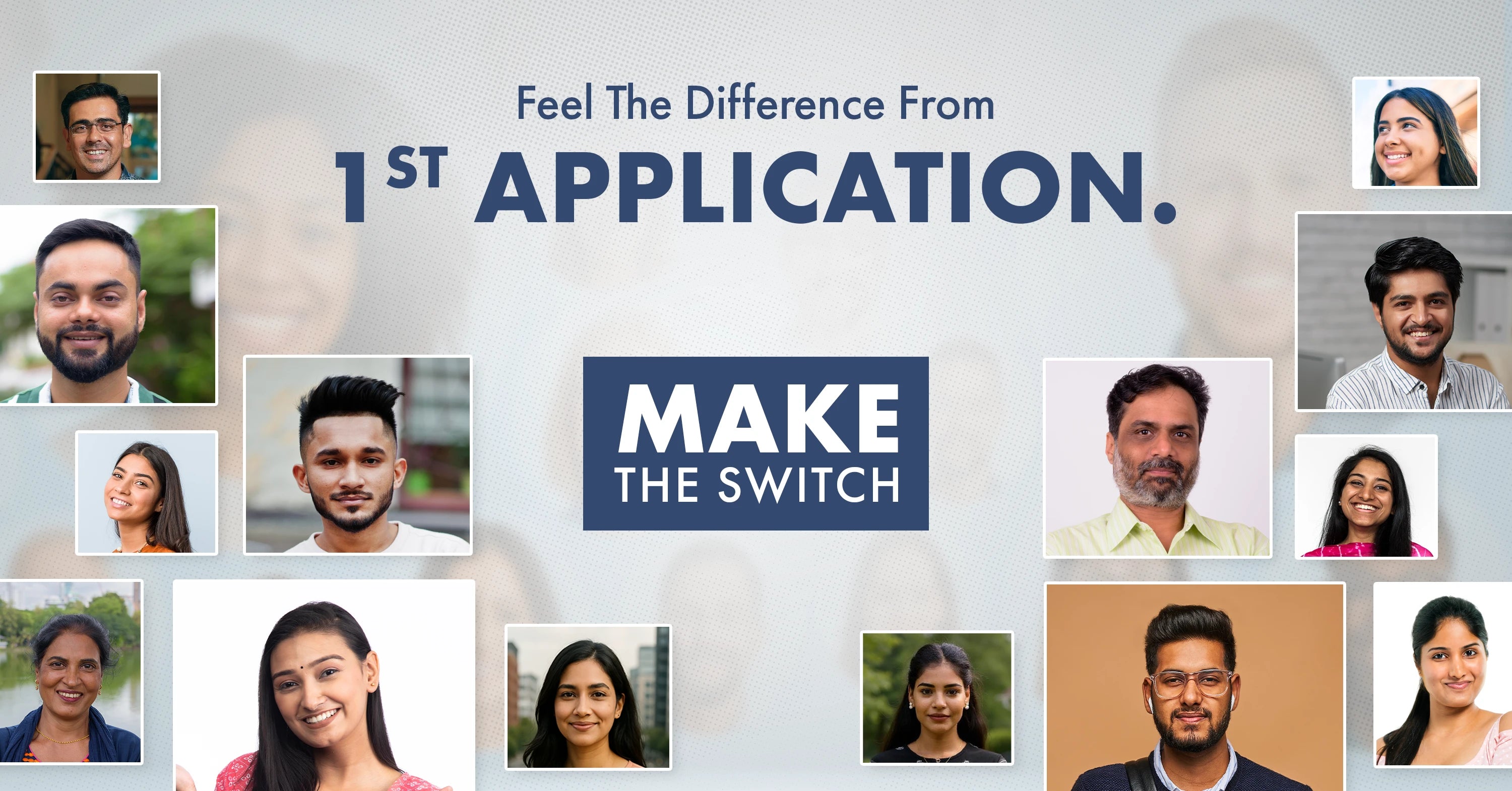
Questions & Answers
-
Coloring shampoos are an excellent option for covering up grey hairs or regrowth between color treatments, helping to keep roots looking fresh without the need for a full dye session.
-
Start by wearing gloves. Open the sachet, pour the liquids into your gloved hands or a bowl if preferred, and mix well. Apply the hair color to dry hair within a minute, gently massaging for 2-3 minutes to ensure even coverage. Leave on for 5 minutes, then rinse thoroughly with water to reveal shiny hair with a salon-like hair color!
-
Yes, hair color shampoo is safe to use, especially when it is formulated without harsh chemicals like ammonia, parabens, or silicones.
-
There's an oft-repeated myth that pulling out one gray hair causes ten more to grow in its place. That's not true - but it's still not a good idea to pluck your grays.
-
Yes, hair color shampoos are effective for maintaining hair color, adding subtle tints, and covering grey hair, offering a gentle, temporary color boost without the harsh chemicals of traditional dyes. "
-
Color shampoo and conditioner are designed to keep your hair looking fresh and vibrant, and they help you maintain the color you have, so it doesn't fade or wash out quickly.
-
Yes, hair dye shampoos work by depositing temporary color onto the hair to cover grays or enhance existing color, but they are not as permanent or vibrant as traditional dyes and are best for quick touch-ups or maintaining color between salon visits. They offer easy, mess-free application and a gentler alternative, though results vary based on hair type and the specific product, with more noticeable changes occurring after consistent, repeated use or on lighter hair.
-
The age when hair normally turns gray varies by ethnicity and genetics, but typically begins in the 30s and 40s for Caucasians, late 30s for Asians, and mid-40s for African-Americans. While some people get gray hair in their 20s or even teens, this can be a sign of premature graying, which is influenced by factors like genetics, stress, smoking, and vitamin deficiencies.
 PAYDAY SALE: Extra 15% Off. Use Code: PAYDAY
PAYDAY SALE: Extra 15% Off. Use Code: PAYDAY















 267 Reviews
267 Reviews
 PAYDAY SALE: Extra 15% Off
PAYDAY SALE: Extra 15% Off





